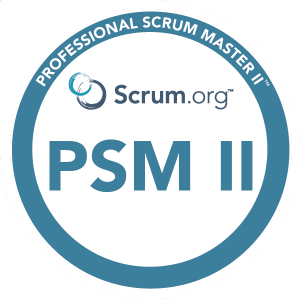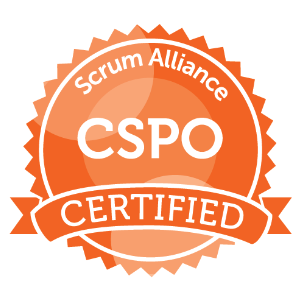Continuously Improve your Projects by always asking ‘What?, So What?, Now What?’
As an agile evangelist, ensuring my teams continuously improve is a pinnacle component of sprint planning and executing. I always insist on having one story dedicated process and operational improvement each sprint to ensure we constantly evaluate and improve our methods and practices to achieve better results and outcomes. There are many ways to evaluate […]


